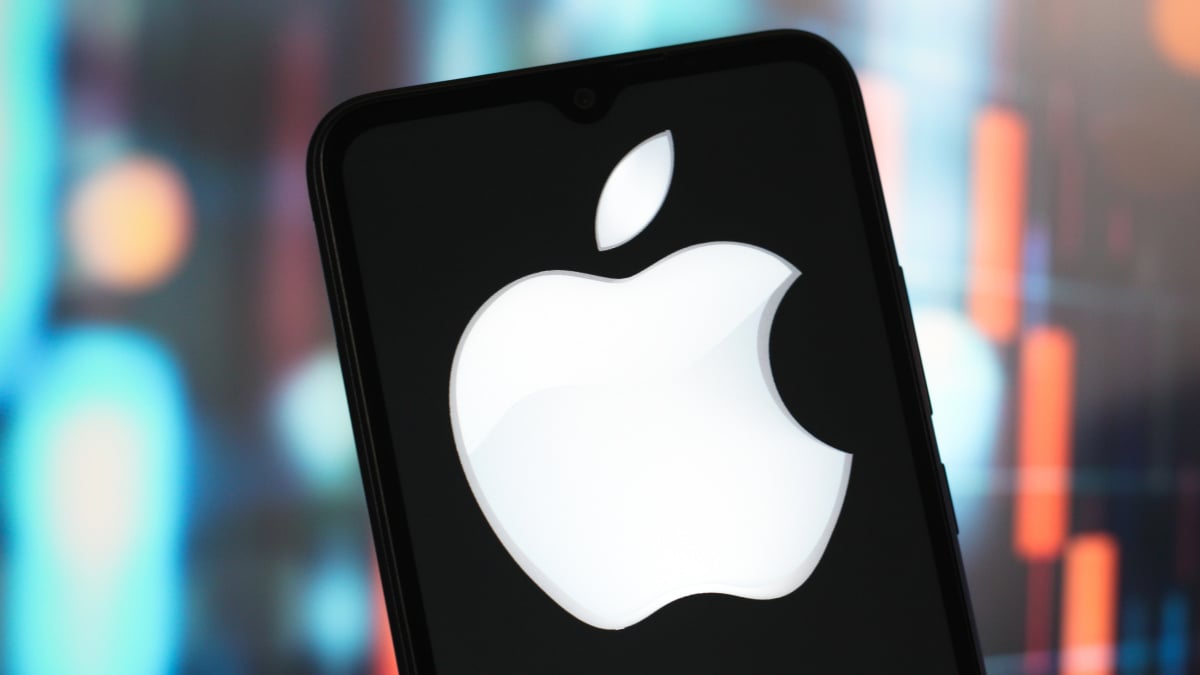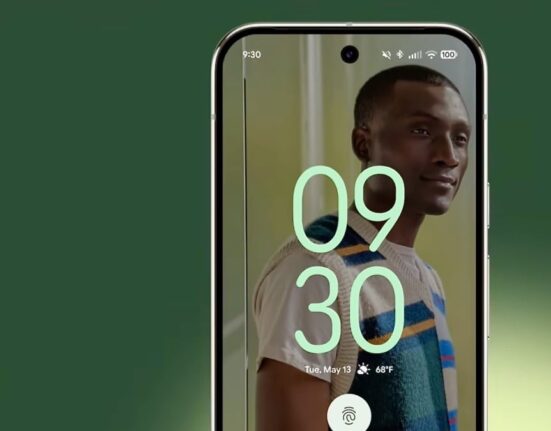Apple is working on a way for people with physical disabilities to control devices with their thoughts.
On Tuesday, the tech giant announced a partnership with brain-computer interface (BCI) company Synchron that’s developing an implantable device with electrodes that read brain signals. This technology enables Apple to translate these signals into actions like selecting icons on the screens of iPhones, iPads, and Apple Vision Pro “without the need for physical movement or voice commands,” according to the press release.
The Wall Street Journal‘s report detailed Apple and Synchron’s work with early testers for developing this new form of technological communication. Pittsburgh resident Mark Jackson who has ALS has the Synchron brain implant called Stentrode, which is a “a stent-like device that is implanted in a vein atop the brain’s motor cortex.” The device “effectively translates brain waves, allowing a user to navigate around a screen and select an icon,” the Journal wrote.
Mashable Light Speed
When using the Apple Vision Pro while connected to the Stentrode, Jackson was able to virtually “peer over the ledge of a mountain in the Swiss Alps and feel his legs shake,” even though his limited motor function prevents him from being able to stand up.
That said, it’s early days for this breakthrough technology and Jackson explained how he “can’t use it to mimic moving a cursor with a mouse or a touch screen with fingers, so navigation is much slower than normal interaction with a computer or smartphone.”
But it’s a major accessibility development for the disabled community. Synchron claims to be “the first BCI company to achieve native integration with a new BCI Human Interface Device (BCI HID) profile.” Elon Musk’s Neuralink is developing a neurotechnology with similar capabilities. Its N1 chip was implanted in a human for the first time in early 2024 and Musk said the person was successfully able to control a cursor with his thoughts.
Apple has recently made other accessibility advancements, including Personal Voice for people who are losing their ability to speak, which will be upgraded with the upcoming release of iOS 19. And Mashable’s Chase DiBenedetto reported that Apple will be “revamping its motion-related accessibility tools this year too, including faster eye and head tracking for typing and motion sickness reduction for Mac.”
Topics
Apple
Accessibility








